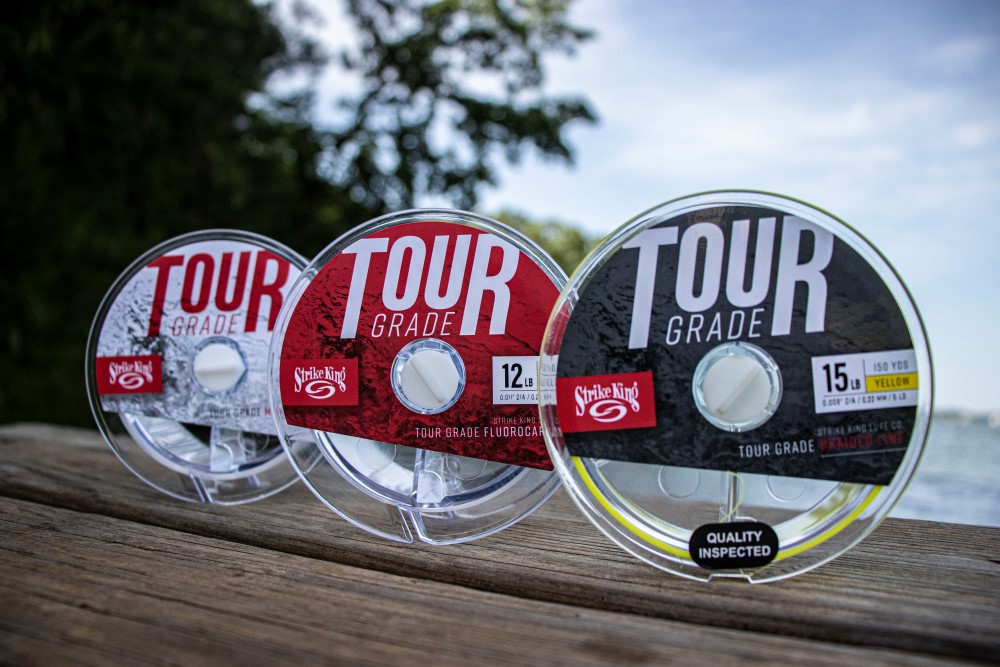In the late ’80s, the angling community predominantly relied on monofilament, undergoing constant innovations to enhance its features. These improvements aimed to reduce stretch, minimize diameter for light refraction, and prevent water saturation. However, the fishing landscape shifted with the widespread adoption of Fluorocarbon line, crafted from polyvinylidene fluoride, showcasing superior qualities compared to monofilament.
PROS
1. Sensitivity: Fluorocarbon’s harder composition enhances vibration transmission, offering heightened sensitivity crucial for detecting subtle hits, especially in deeper waters.
2. Superior Abrasion Resistance: The line’s rigidity allows it to encounter various terrains like rock, wood, sand, and gravel without catastrophic failure.
3. Extremely Low Visibility: Fluorocarbon’s increased strength and reduced light refraction compared to mono contribute to a smaller, less reflective line, effectively concealing it from fish observation.
4. Less Stretching: Reduced stretch in fluorocarbon makes it ideal for baits requiring a stronger hookset, particularly valuable in areas with vegetation and cover.
5. Impermeability: Fluorocarbon’s resistance to water saturation preserves knot integrity and maintains abrasion resistance over prolonged fishing periods.
6. UV Resistance: Unaffected by sunlight and changing temperatures, fluorocarbon maintains its integrity under varying conditions.
When assessing these characteristics, fluorocarbon emerges as a superior alternative to monofilament in nearly every aspect, with exceptions in neutral buoyancy and cost.
CONS
The primary drawback of fluorocarbon lies in its inflexibility, stemming from its hard composition that ensures water and abrasion resistance. This hardness, however, gives rise to several critical issues.
1. Knot Failure: Due to fluorocarbon’s rigidity, knots, even when wetted during tying, impose angles that weaken the line. Usage and strain, such as during the hookset or fighting a fish, can lead to critical points of failure. The solution is periodic retying of the lure on a fresh section of the line.
2. Line Breakage: Winding and unwinding fluorocarbon repeatedly can cause it to break off in the reel. The remedy is restringing fluorocarbon reels on a relatively short timeline, a practice that can be costly.
3. Decreasing Shock Resistance: As the stretch in a line decreases, so does its shock resistance. It’s crucial not to confuse abrasion resistance with shock resistance. Adjusting the rod, reel, and drag settings becomes essential to balance shock and control during a fish strike.

AVOIDING THE CONS
To mitigate these drawbacks, a strategic setup is recommended:
- Attach 10 lb. Strike King Monofilament to the empty reel using an arbor knot, covering the flat bottom of the reel.
- Use a double-uni knot to connect the mono to Strike King Braid, filling the reel to about the ¾ mark.
- Employ another double-uni knot to link the braid to Strike King Fluorocarbon, adding 75 to 100 yards of line.
This approach capitalizes on fluorocarbon’s advantages while making it cost-effective to replace the line regularly. Additionally, maintaining a full reel capacity facilitates long and accurate casts.
Images/Source: StrikeKing





